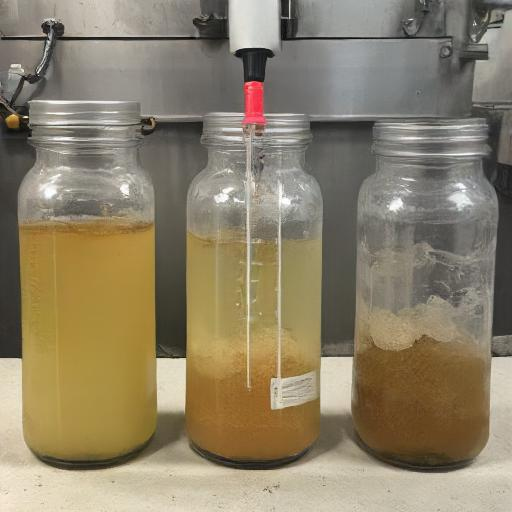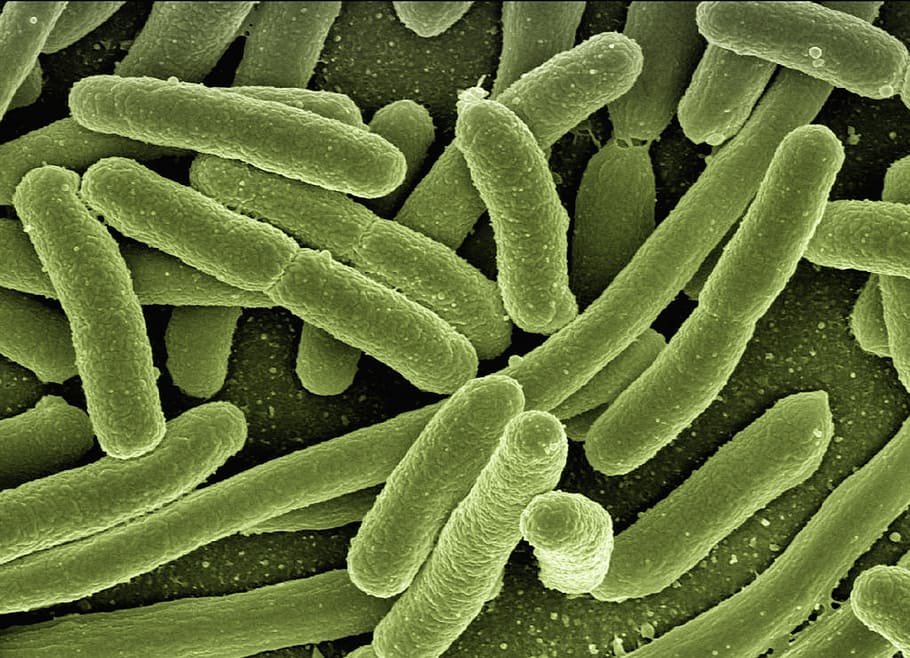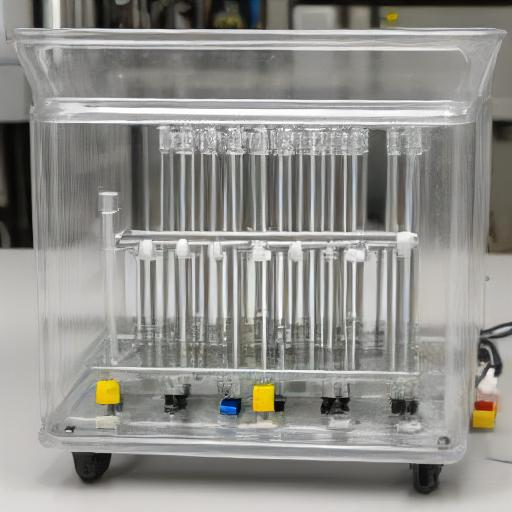Oxidation Fermentation (OF) Test

The Oxidation Fermentation (OF) test, or Hugh-Leifson test, is a laboratory test used to determine if a bacterium breaks down carbohydrates, typically glucose, using oxidation (aerobic respiration) or fermentation (anaerobic respiration). This test is especially useful in identifying Gram-negative bacteria, such as differentiating Pseudomonas (oxidative) from Enterobacteriaceae (fermentative) species.
Table of Contents
Objective
The test’s main purpose is to find out if a bacterium can metabolize glucose via oxidation (using oxygen) or fermentation (without oxygen). This distinction helps to classify bacteria based on how they break down sugars and determine their metabolic profile, providing a key for identifying various bacterial groups.
Principle
The Oxidation Fermentation test is based on how bacteria use glucose. In oxidative pathways, bacteria need oxygen to break down glucose, producing acidic byproducts only under aerobic (oxygen-rich) conditions. Fermentative bacteria, on the other hand, do not require oxygen and can metabolize glucose anaerobically (without oxygen), producing acid in both aerobic and anaerobic settings. Some bacteria do not metabolize glucose at all, termed non-saccharolytic.

The OF medium contains glucose, a pH indicator (usually bromothymol blue), and has a semi-solid texture to detect gas production. The pH indicator shows acidic changes:
Green indicates neutral (no acid produced).
Yellow signifies an acidic pH (from glucose breakdown).
Two tubes are prepared for each bacterium. One tube is sealed with mineral oil to create an anaerobic (oxygen-free) environment, and the other remains open to the air, allowing aerobic conditions. By comparing color changes in each tube, we can identify whether the bacterium uses oxidation or fermentation.
Procedure
To conduct the Oxidation Fermentation test, two tubes are inoculated and then observed for any color changes after incubation. Here are the key steps:
Prepare the Tubes: Prepare two Oxidation Fermentation tubes with a glucose-containing medium. One tube will be aerobic (open to air), and the other anaerobic (sealed with mineral oil).
Inoculate: Inoculate both tubes with the bacterial culture using a sterile needle, ensuring bacteria are evenly distributed in the medium.
Seal One Tube: Add a layer of mineral oil to one tube to prevent oxygen from entering, creating anaerobic conditions. Leave the other tube uncovered.
Incubate: Incubate both tubes at 35–37°C for 24–48 hours (or longer if needed, depending on the bacterium’s growth rate).

Observe for Color Changes: After incubation, examine each tube for any color change, noting if the medium turned yellow (acidic) or stayed green (neutral).
Interpretation of Results
The Oxidation Fermentation test results are based on the color changes observed after incubation:
Oxidative (Aerobic) Metabolism
Yellow in the Open Tube Only: If only the open tube changes to yellow while the sealed tube stays green, the bacterium is oxidative, meaning it metabolizes glucose in the presence of oxygen.
Fermentative (Anaerobic) Metabolism
Yellow in Both Tubes: If both tubes turn yellow, the bacterium is fermentative, using glucose in both aerobic and anaerobic conditions.
Non-Saccharolytic (No Glucose Utilization)
Both Tubes Stay Green: If neither tube turns yellow, the bacterium is non-saccharolytic and does not metabolize glucose.
Weak or Delayed Oxidation
Slight Yellowing: A faint yellowing at the top of the open tube might suggest weak oxidative activity and may require additional testing.
Applications of the Oxidation Fermentation Test
The Oxidation Fermentation test is particularly useful in distinguishing between different Gram-negative bacteria, especially differentiating oxidative Pseudomonas species from fermentative Enterobacteriaceae. It is widely used in clinical and environmental microbiology to identify bacteria’s metabolic types and classify them into different groups.
Summary
The Oxidation Fermentation test is a simple and effective way to determine how bacteria utilize glucose. By using both an aerobic and an anaerobic OF tube, this test identifies if a bacterium is oxidative, fermentative, or non-saccharolytic. This insight helps classify bacteria, especially within Gram-negative groups, making the OF test essential for microbiological identification and research.
Frequently Asked Questions (FAQ)
Write the uses of Oxidation Fermentation (OF) test ?
The Oxidation Fermentation (OF) test is used to determine a bacterium’s ability to metabolize glucose through oxidation or fermentation, helping to classify and differentiate bacteria, especially among Gram-negative species like Pseudomonas and Enterobacteriaceae.
What is Fermentative bacteria?
Fermentative bacteria are microorganisms that break down carbohydrates to produce energy without oxygen, releasing acidic byproducts through fermentation pathways.
Related Articles




